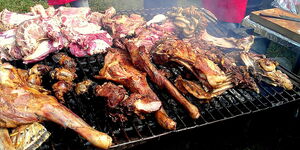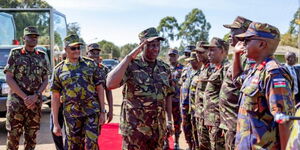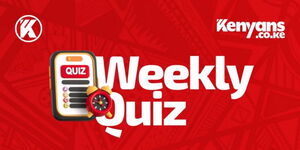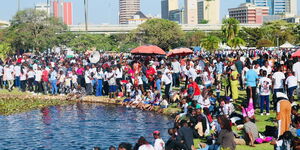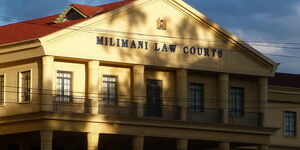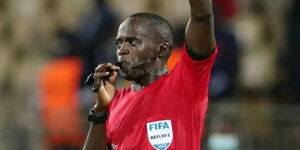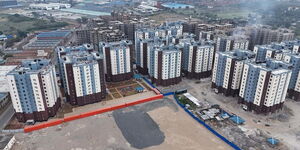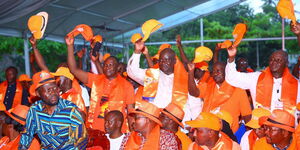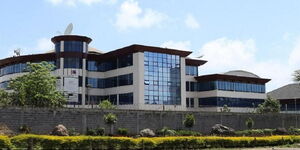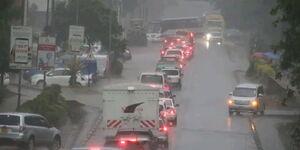Mombasa Governor Ali Hassan Joho, Nairobi Governor Mike Sonko and Kisumu Governor Anyang' Nyong'o were on Tuesday ranked on performance by a Trends and Insights for Africa (TIFA) survey.
The poll conducted between May 1 and May 4, 2018, gave the Nairobi governor a below average score while his counterparts both ranked above the 50% mark.
County residents gave Governor Sonko a 44% (D+) score on service delivery while those in Mombasa and Kisumu gave their governors 53% (C) and 56% (C+) respectively.
Those polled were most disappointed with the governors concerning sewerage systems where all three scored dismally.
[caption caption="May 2018 TIFA survey on governors' scorecard"] [/caption]
[/caption]
Governor Nyong'o had 44% (D+) while Joho and Sonko scored 43% (D+) and 31% (D-) respectively.
All three governors scored above the 60% mark on street lighting, however, only Prof. Nyong'o managed to impress the people he serves when it came to providing clean water.
The Kisumu governor was graded at 61% (B-) while his Nairobi and Mombasa counterparts scored 43% (D+) and 39% (D) respectively, Joho's lowest score according to the poll.
Governor Joho surpassed his counterparts when it came to improved feeder roads where he was given a 53% score. Prof. Nyong'o and Sonko scored 47% and 34% respectively.
The governors were also rated on their service delivery on the Health and Food Security pillars of President Uhuru Kenyatta's Big Four agenda.
27% of Nairobi residents polled revealed that their households had gone hungry for a whole day in the past 12 months. Only 26% and 22% of the respondents affirmed the same in Kisumu and Mombasa respectively.
On National Hospital Insurance Fund (NHIF) registrations, Kisumu recorded the highest score at 55% while Nairobi and Mombasa recorded 51% and 50% respectively.
A majority of the registered NHIF contributors polled, however, noted that they had not used the card during their last trip to the hospital.
In Kisumu, only 34% of the respondents affirmed that they had used the card while in Nairobi and Mombasa 25% and 15% of the respondents acknowledged use of the card respectively.


